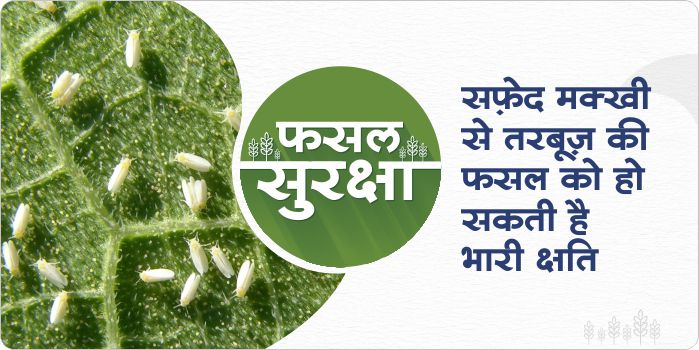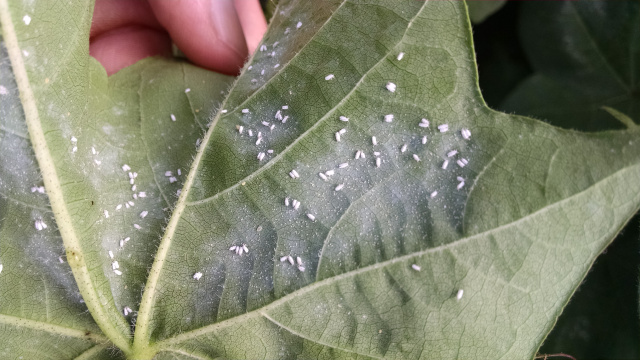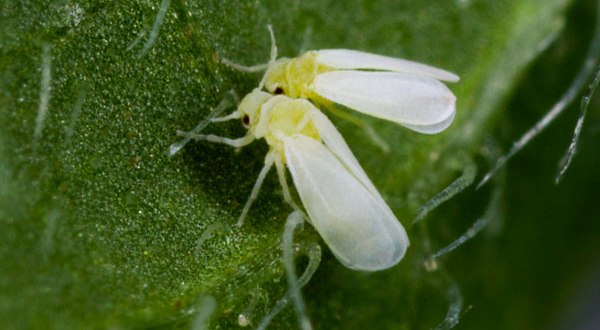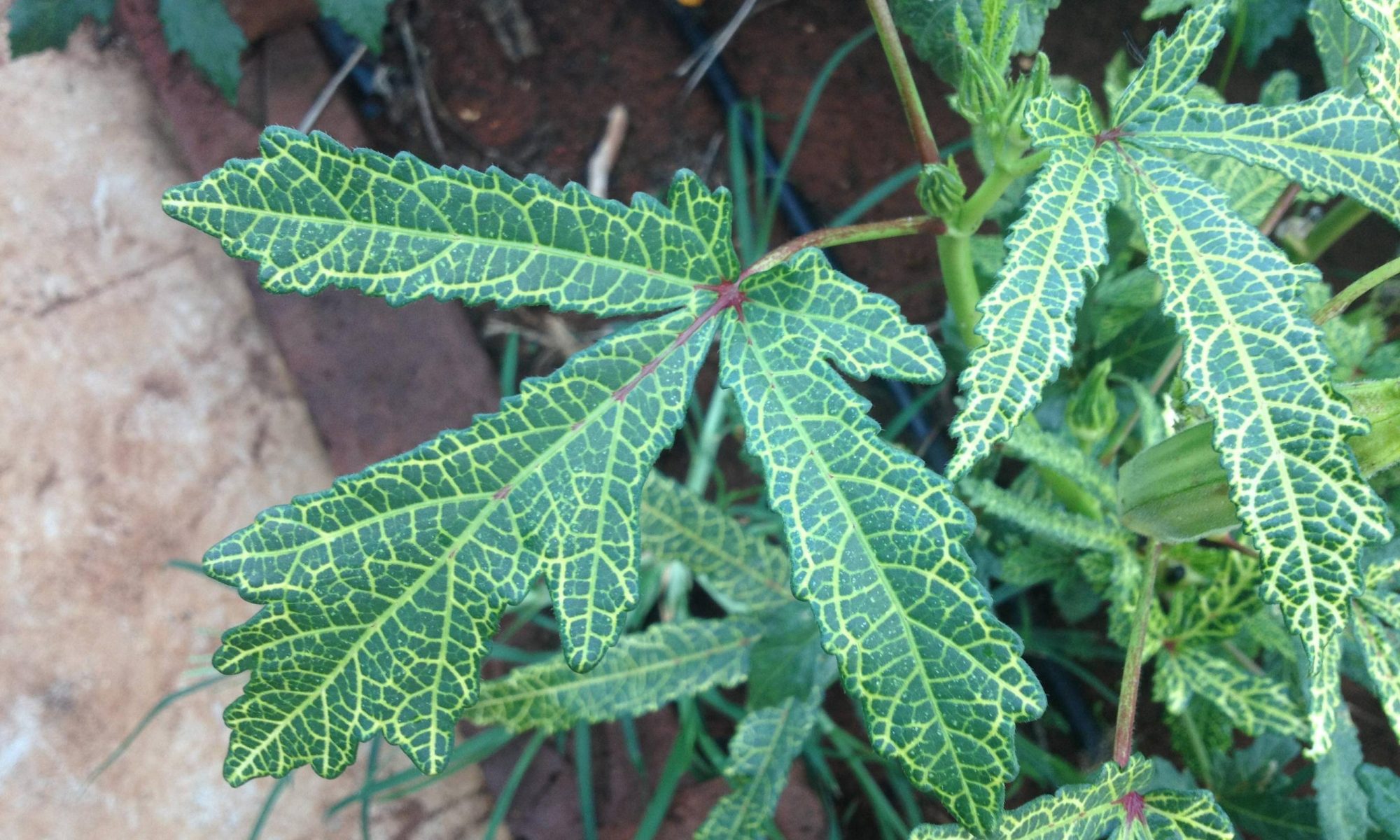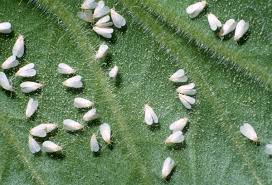White flies have become one of the most serious problems of crop protection. White flies usually lay eggs on the underside of leaves.
White flies cause damage to plants in cotton crop in two ways, first by sucking sap and transmitting viral disease, secondly by secreting honeydew on leaves, due to which the chances of fungal disease outbreak increase.
The following conditions of white fly cause damage in cotton crop –
-
Nymph – greenish yellow, oval
-
Pupa – oval in shape, present on the lower surface of the leaves
-
Adults – small mosquitoes with yellow bodies with a white waxy surface
ShareFor more such important information related to the agriculture sector, keep reading the articles of Gramophone daily. If you liked today’s information, then do not forget to like and share.


